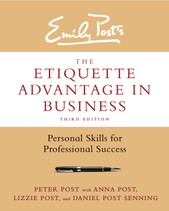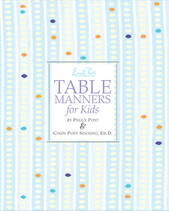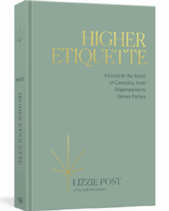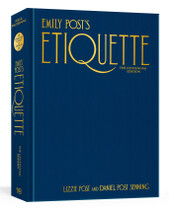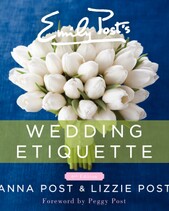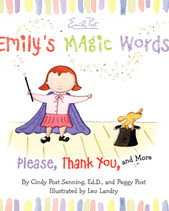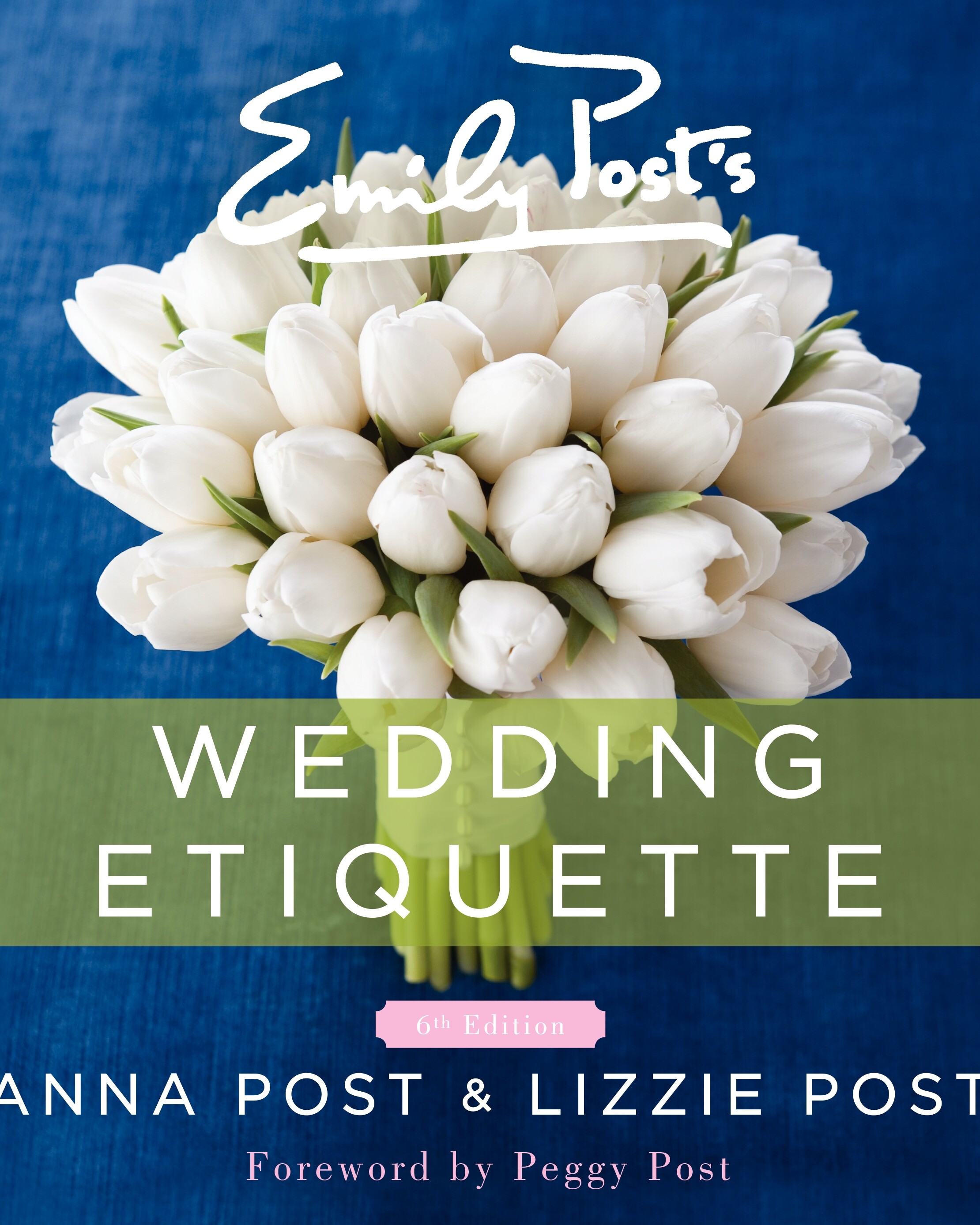
Inside Weddings: Modern Invitations
Written by Anna Post

Invitations Are the First Glimpse That Guests Receive
Sitting in view of my desk is a pile of all the wedding invitations I’ve ever received. They’re beautiful reminders of friends whose lives I’m honored to be a part of, as well as keepsakes from the terrific weddings I’ve attended! Many are heavy with the weight of fine paper and assorted enclosures; some have ribbons or appliqués. All of them display the great thought and care that went into their selection.
Invitations should convey a sense of what the event will be like, and nowadays, they also tend to reflect a couple’s style and personality. By thinking about which traditions are important to you, and what part of yourselves you would like to express, your invitation can be the first glimpse your guests receive of your journey to the altar.
Matching Style to the Event’s Formality
Invitation etiquette is changing rapidly. Modern invitations, with exotic typefaces, colors, and designs are a beautiful way to celebrate both the occasion and your own style. But tradition is holding strong, too, with beautifully scripted and formally worded invitations engraved on heavyweight paper finding their way to mailboxes across the country.
The key is to match the invitation to the kind of event you plan to host. Imagine opening a very humble wedding invitation with a beachy theme, and arriving in a sundress at the ritziest gala you’ve ever seen. Invitations not only build anticipation and excitement, but guest expectations as well. Formal invitations set the stage for formal weddings. Big, showy weddings demand a bold, showy invitation. Guests will also take their cues for attire from the level of formality of the invitation.
What Must Be Included and What is Optional
The basics need to be there: who is hosting; what the event is; who is marrying; the date; the time and place; and the RSVP. To keep the focus only on the hope the guest can attend, there is never any mention of gifts (not even “no gifts, please”) on the invitation or in the enclosures.
There is some “code” on invitations that communicates information to guests. The return address that you list is the address to which gifts should be sent. The inner envelope is the place to list exactly who is invited, and by omission who isn’t (children, for example). It’s okay to use informal names here. Also, “The honour of your presence” is only used when the ceremony is in a house of worship (and the British spelling of “honour” – with a u – is used); otherwise, the traditional wording is “The pleasure of your company is requested...”
There are also a few finer points that are worth noting; they aren’t required, but they are traditional. Dates are spelled out in full, including the year (there is no “and” in “two thousand nine”). States are also spelled out in full, as is “District of Columbia.” Brides are married “to” their grooms, except in the Jewish faith, where brides “and” grooms marry.
All of this said, so long as you convey the important information in a way that expresses your joy and respect for both the occasion and your guests, the words can be entirely your own.
Inviting People Who Can’t Attend
It’s a personal call, rather than a point of etiquette, as to whether or not you choose to send invitations to guests you know won’t be able to be there. There are two things to think about as you make your decision. First, guests with whom you are very close may still expect and be excited to receive an invitation to your wedding, even though they can’t attend. Second, it’s best not to send invitations to guests who aren’t in your closest circle, as there’s an obligation for them to send you a present. (In other words, it can look like a grab for gifts.) Guests who are very close to you would likely have purchased a gift regardless, thus making the gesture of an invitation a considerate one.
B-List/Standby Invitees
A standby guest list is a risky proposition, since it creates the potential for hurt feelings or for guests to feel slighted. I would not encourage couples to go down this road, but I do understand there are realities to controlling guest lists – it’s the number one way to control costs. In most cases, it’s simpler to invite everyone at the same time. Typically, about 10 to 20 percent of invited guests send regrets due to other commitments or unforeseen circumstances.
If you send out invitations in two stages, be discreet – guests must not ever know they weren’t your first choice. Mail the first set a minimum of three months before the wedding, and give
those guests at least four weeks to reply. Make sure the second set also has at least four weeks to RSVP; this could push your timetable out considerably, so plan carefully. To help alleviate this, send new invitations as you receive regrets. Remember, you want a balance between sending the invitations close enough to the wedding to build excitement, and giving yourself enough time to send your final guest list to the caterer.
This article originally appeared in Anna Post's column in the Spring 2009 issue of Inside Weddings.
